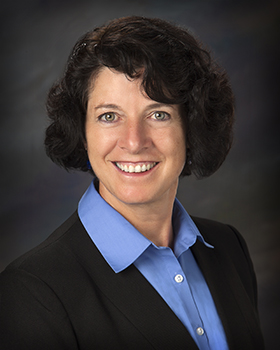$16 Million Investment in the St. Louis River Area of Concern
U.S. Environmental Protection Agency and Minnesota Pollution Control Agency have signed a $16 million agreement to remediate contaminated sediment in two backwater ponds surrounded by shallow marsh wetlands in Duluth. The project will improve access to the Duluth-Superior Harbor, a vital site for Minnesota’s economy. Read the full story by BusinessNorth.
Great Lakes Commission
https://www.glc.org/dailynews/20210209-area-of-concern-pollution










